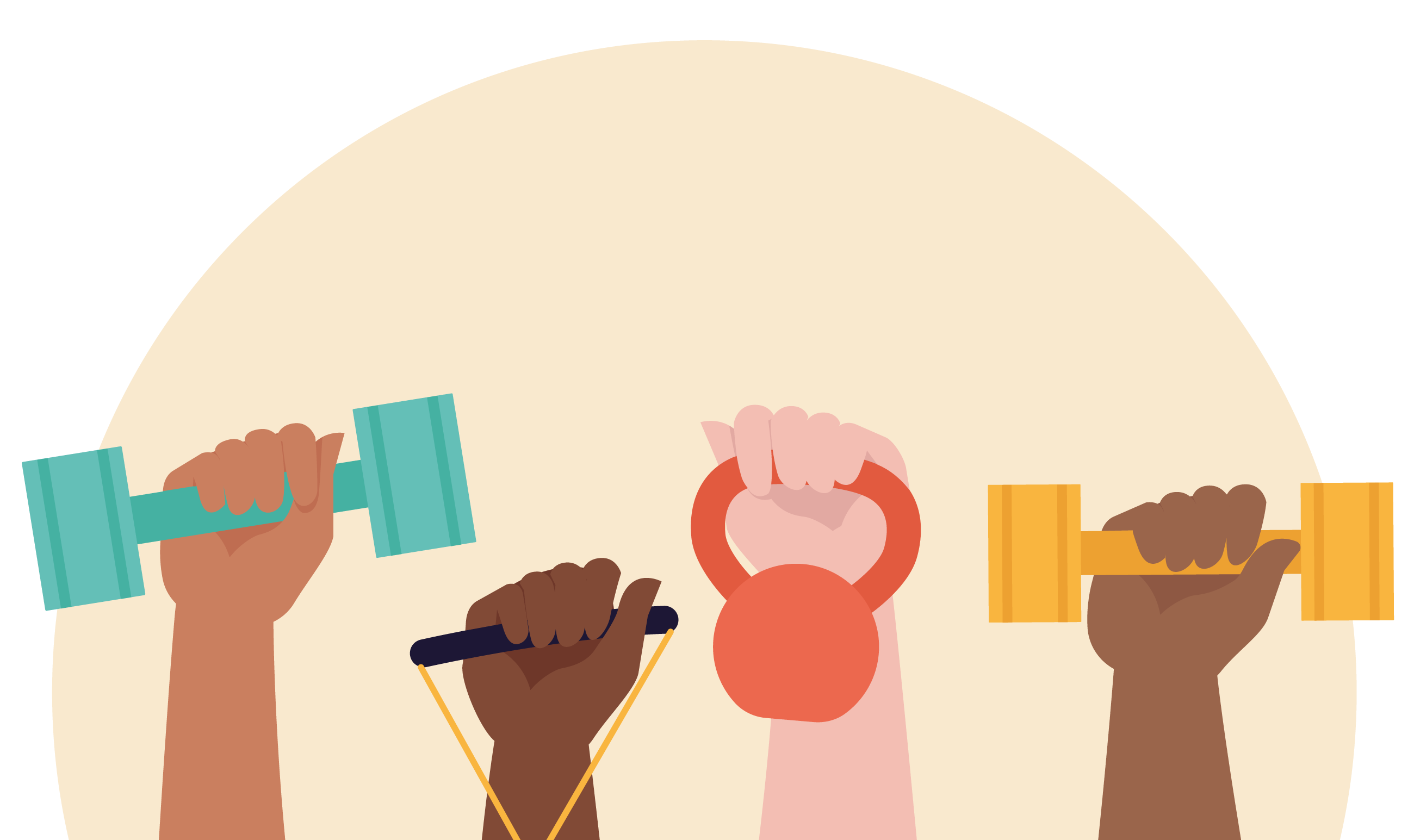By Lynda Keeru
In order to understand the state of health security for all people on the planet, we need to understand the embodied realities of people’s lives that result in health security for some people and insecurity for others. This means drawing attention to the narrowness of the mainstream discourse of global health security that renders invisible the actual people who are impacted by global health emergencies, and illuminating how current ideologies and structures of governance shape the life chances and individuals’ the world over.” O’Manique and Fourie
O’Manique and Fourie
This was the quote that set the scene at the ‘Global Health Security Seminar – COVID-19: Where are the women?’ held on the 18 September 2020.
Clare Wenham pointed out there were various structures of governance that had no mention of woman specific or gender sensitive inclusion. Some of these included: The International Health Regulations (2005), Joint External Evaluation (JEE), Global Health Security Agenda (and country action packages), Biological Weapons Convention, WHO research and Development Blueprint, United States Government Global Health Security Strategy among others.
It is important to remember that the management of COVID-19 also needs to consider the affected and not just the infected. Men may be at higher risk of infection with COVID-19 but women are the most affected and have borne the worst brunt. Health systems are highly gendered and so are many industries as has been revealed by COVID-19.
Women in the workforce
The entire labour force is very gendered, and this has come to the fore very clearly because of COVID-19. For example, 70% of the health workforce are women. Not acknowledging the role women play in this sector makes women invisible. As we have all seen, the industries most affected by COVID-19, most of which have been shut down, are highly feminized. This has led to job losses among women. Clare also pointed out that women are disproportionately represented in industries that are expected to decline the most in 2020 due to COVID-19.
Women at home
The closure of workplaces and schools has seen a significant surge in domestic activities. Gendered norms and the gender pay gap pre-disposes women to this work. Clare presented a graph showing that women spent more time on unpaid work and less time on paid work than men. In many homes when deciding who leaves their job to take care of the kids and home, gender norms and roles apply. The partner that earns more (usually men) is the one who continues with their job as the other one gives up theirs to take care of the home (which in most cases is the women).
Economic impacts
As expected, the pandemic will have long-term economic impacts as has been observed in former pandemics. The Ebola pandemic quarantine measures for example, saw the closure of markets, consequently destroying livelihoods of traders, most of whom were women. Men also lost their jobs, but a greater number of men compared to women returned to work in a period of about 13 months after the pandemic.
The needs of women during pandemics
In pandemics, because of the nature of women’s roles in society, they are worst hit. Maternal and sexual and reproductive health services are often disrupted which has led to increased maternal mortality, a rise in teenage pregnancies and a general reversal of all the gains made in reproductive health services. The supply of essential medicines is also altered in pandemics. As was mentioned in the webinar, supply chains have been severely affected by COVID-19 which includes the crucial supply of contraceptives. This mostly happens because what is not deemed as essential, is not prioritized.
The demand for health services has been affected by COVID-19 with many women unable to visit health care providers and access contraceptives because they are in self-isolation or they do not wish to be exposed to potential disease transmission in crowded clinics.
However, some regulations get altered due to global health emergencies. For example, the altered abortion regulation in England which has permitted self-managed abortion at home because of the pandemic while the opposite is the case in Texas, Ohio, Iowa, Alabama and Oklahoma. Real data presented during the webinar revealed that since the outbreak of COVID-19, 1.9 million fewer women have been served by Marie Stopes International programmes. They predict there will be 900,000 unintentional pregnancies and 3,000 maternal deaths world-wide.
The world over, intimate partner violence and domestic abuse has increased. This is however not a new thing as it has been observed before such as in the Zika epidemic. In June 2020 for example, there were more femicide cases reported in El-Salvador than COVID-19 deaths.
Having highlighted the position of women during the COVID-19 pandemic, in reflection, this is what Clare suggested the pandemic response might look like if we put women at the centre:
- Recognition of gendered effects of the response mainstreamed into policy
- Gender advisors have seats in decision making bodies
- Sex-disaggregated data is public
- Woman frontline workers in the health system are incorporated into economic decision making and are paid more
- Unpaid care work and the gender divide are recognized and women’s unpaid work is recognised
- Monetary support to families with back to work decisions to make and childcare support
- Access to Sexual Reproductive Health services at home or at pharmacies without prescription
- More funding to combat intimate partner violence
In conclusion, this is worth pondering:
In crisis moments, the structural underlying issues in a health system can be overlooked-such as an absence of women and gender considerations. However, this does not happen by accident. The crisis was socially constructed to be a global health security threat-and to focus on economic protections.






